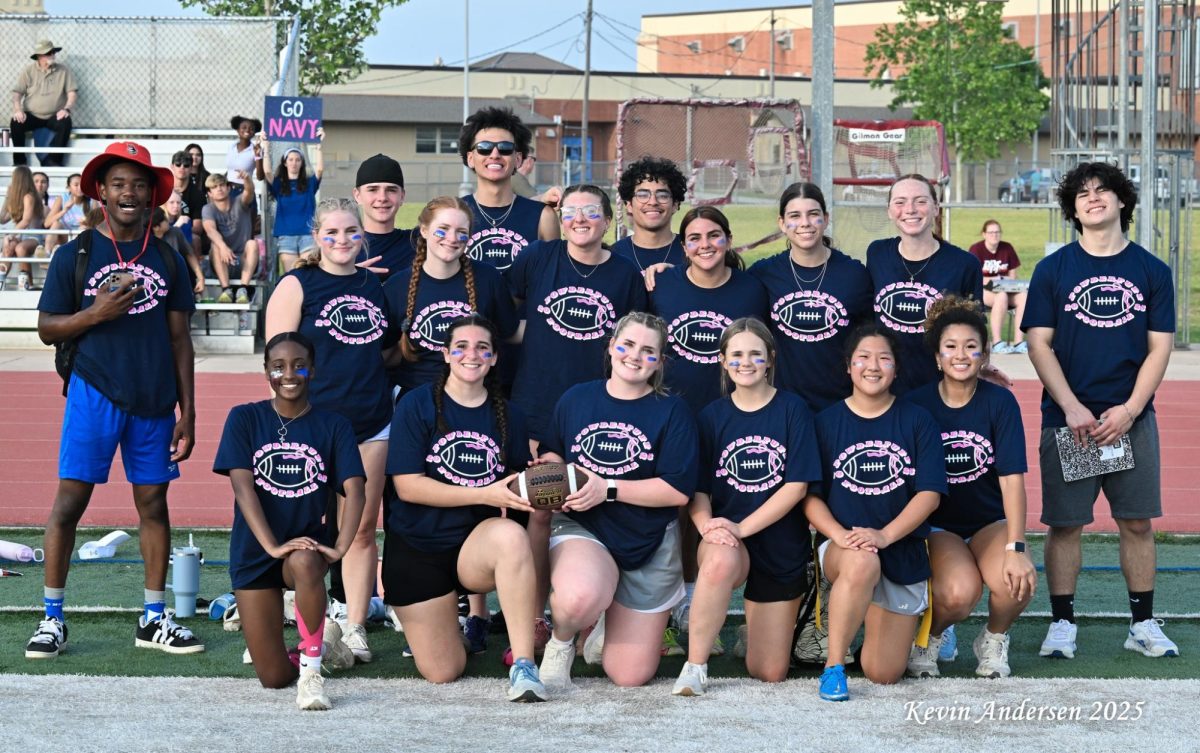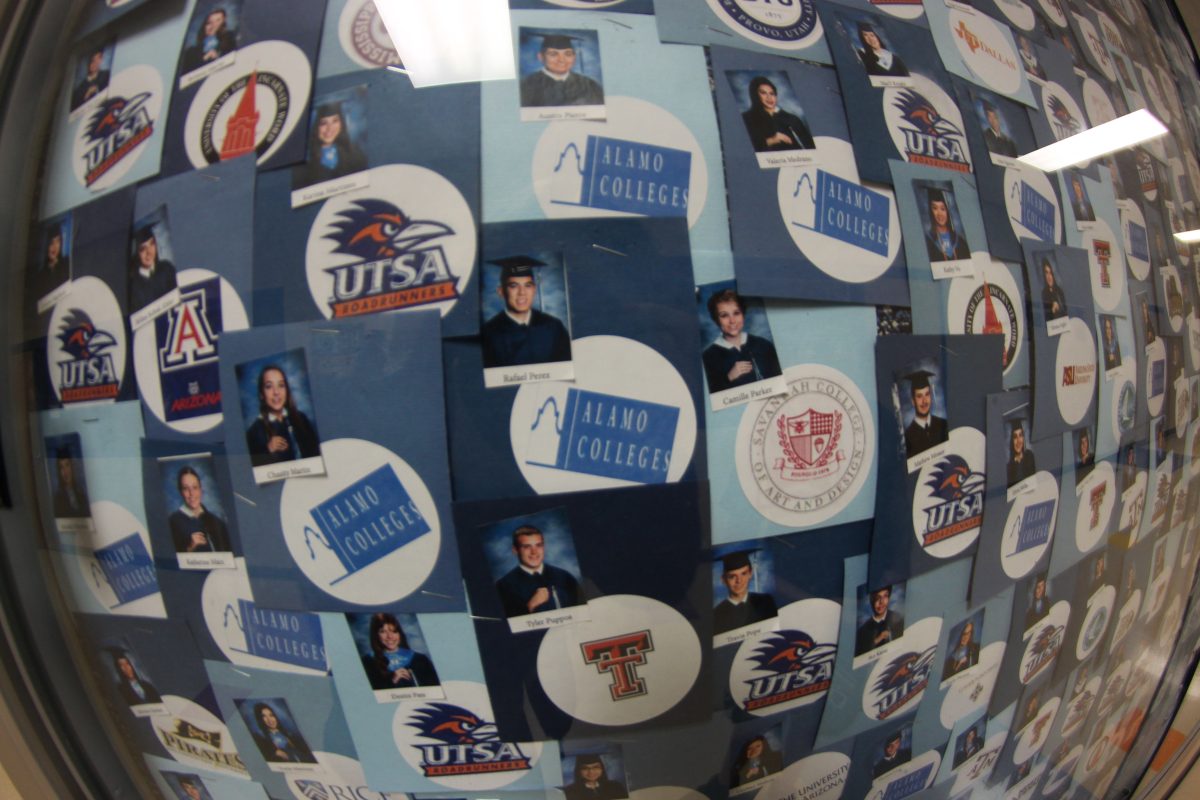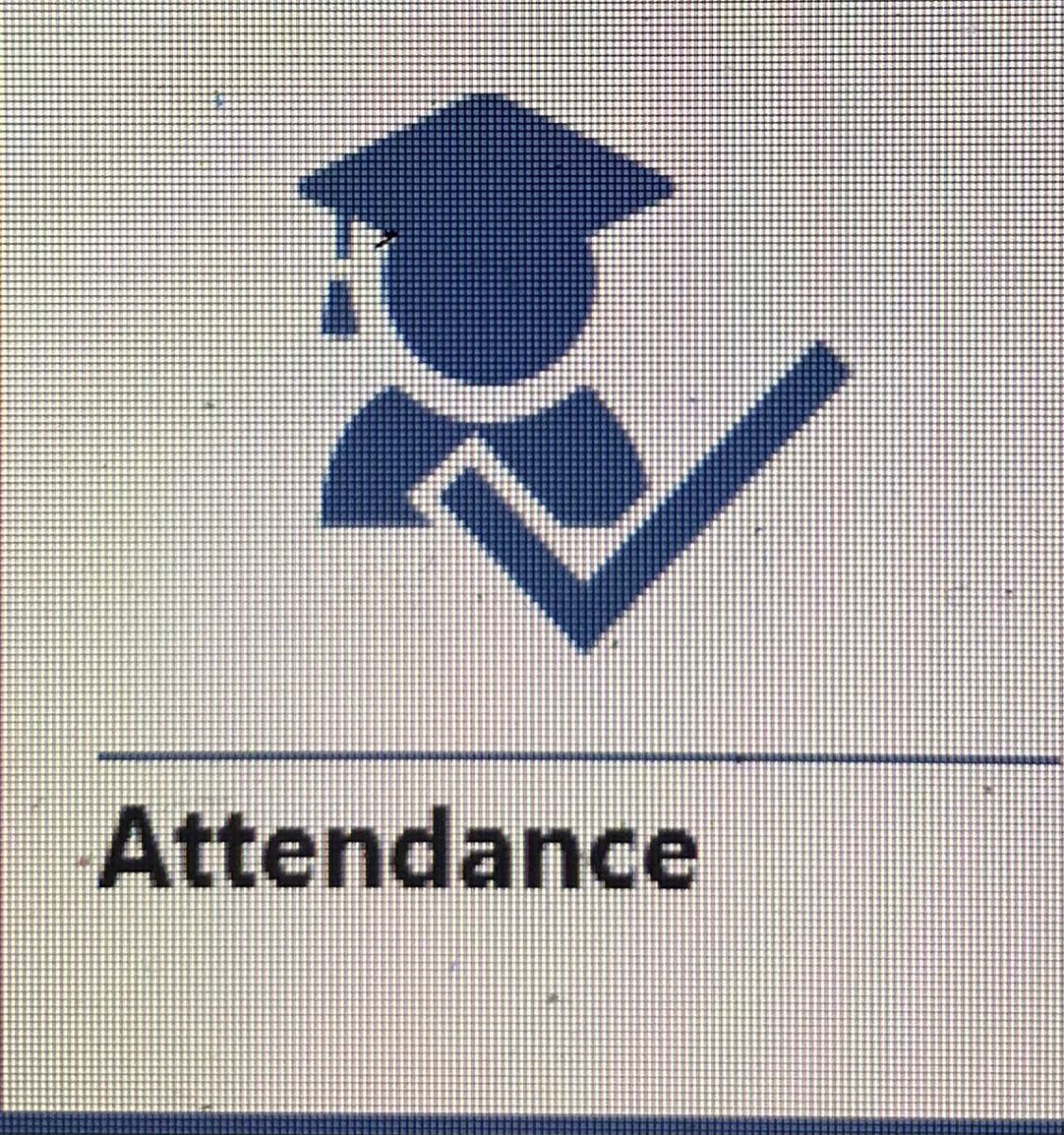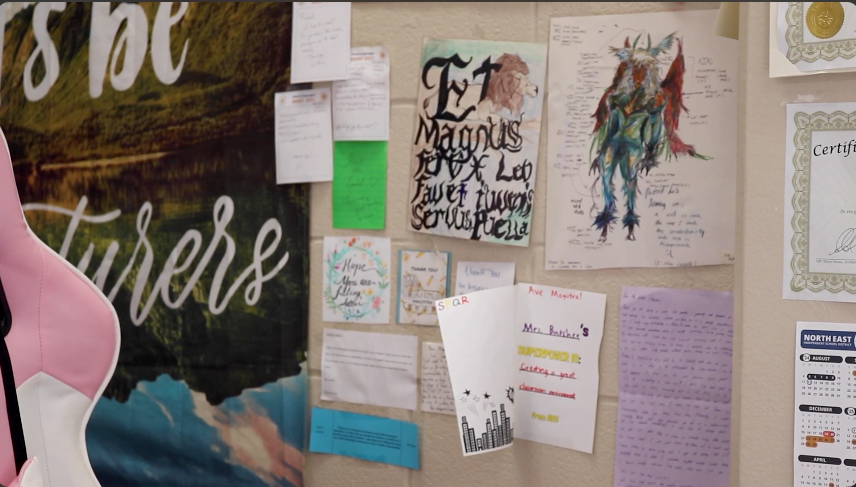by Isai Carmona | sports editor
After a year that saw more than half of the campus learning remotely, questionable academic habits thrived. In order to counteract this, certain teachers are pushing students to consider the meaning of academic integrity.
 Posted online, the campus’ current policy states that “academic dishonesty includes cheating and/or copying the work of another student, plagiarism, and unauthorized communication between students during an examination.”
Posted online, the campus’ current policy states that “academic dishonesty includes cheating and/or copying the work of another student, plagiarism, and unauthorized communication between students during an examination.”
Lisa Blom is the Instructional Dean of English, and has taught for more than 17 years. Blom believes there’s more to academic integrity than good character alone.
“Academic integrity is important for many reasons,” Blom said. “Teachers need accurate snapshots of student learning. If a student engages in academic dishonesty, we are not getting an accurate picture of their learning, or gaps in learning.”
Teachers can’t do their job if students don’t make mistakes.
“Last year, one concern was, the advantage at-home learners had during assessments given,” Blom said. “Teachers had very little control over their access to notes, and the internet.”
French teacher Kacee Saylors has more than enough experience on students getting help from the web.
“The biggest challenge we had in our language classes was Google Translate. A lot of the virtual students were using it, instead of the vocabulary lists we provided and taught in our lessons. One obvious example was when I had the students create flashcards for food items, and a student wrote ‘Sable qui’ for the word sandwich,” Saylors said. “Those are the literal words for ‘sand which.’ What makes this even funnier: the actual French word is ‘le sandwich’ same as English! So that was a very evident use of academic dishonesty for French class. After that, I rarely gave written assignments; they mostly had to do videos where I could hear them speaking.”
This is not to say that all students decided to not partake in these activities. Junior Nikhil Joy is one student who has taken many Pre-AP and AP classes during his high school career.
“It’s important to me because I care about my career and my education, and I want to be successful in life. Last year, people shared answers after the class was over,” Joy said. “Telling other students about what’s going on, what’s on the test, and stuff like that. I believe if we learn to grow and accommodate from last year’s problems we can be on the right path to success.”
The campus’ most recent test scores help demonstrate that students can perform without relying on unethical “decisions” to boost their grade.
“However, looking at STAAR and AP testing data from last year, Johnson students are exactly where we expect them to be at this point,” Blom said. “Teachers did a phenomenal job maintaining rigor and offering interesting activities to keep students engaged while learning key concepts.”
Yet, with innovation, certain students have started to outperform the system.
“This can happen when students take pictures of assignments and share the pictures or when students complete an assignment together, eventually turning in identical answers or responses,” Blom said. “Group chats are another way that students ‘help’ their classmates by sharing assignments or revealing what is on a quiz or test.”
Academic dishonesty has become more and more accessible due to the increase in technological advances. Yet, the basis of its morality has not changed, even when it comes to classes that may not require as much academic rigor. Students would probably refer to these as “blow off” classes.
“Absolutely not. This is the same as saying it’s okay to steal a pack of gum but it’s not okay to steal a car,” Blom said. “Stealing is stealing and academic dishonesty is dishonest no matter what the class is.”
This is not the first, or last, time teachers will hear about academic dishonesty.
“The academic integrity habits and policy are not new,” Blom said. “Teachers are explaining the policy to students and parents and following the protocol when students make poor decisions.”







